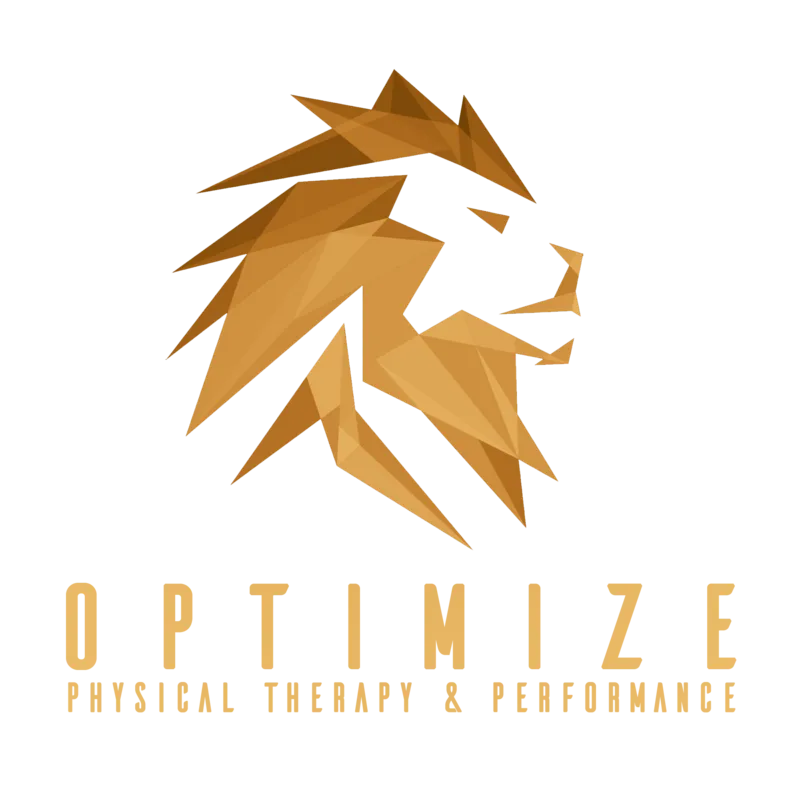During physical therapy, your child will be evaluated by a physical therapist to determine if he or she is in need of treatment. If your child has problems with gross motor skills, asymmetries in the body, or neuromuscular disorders, he or she may need physical therapy. In addition, your child may benefit from physical therapy with our clinic during recovery from an injury or surgery.
Gross motor skills
Whether your child has Down Syndrome, autism or other neurological conditions, pediatric physical therapy is a valuable resource to improve gross motor skills. A physical therapist can assess your child’s strengths and weaknesses and devise a personalized treatment plan for your child.
Gross motor skills are larger muscle movements that allow children to accomplish a wide range of tasks. They include jumping, crawling, walking, and riding a bike. These are important for children to achieve in school and the community.
Physical therapy for gross motor skills can help your child achieve their full potential. A therapist can assist with physical activities and strengthening activities. Physical therapy in our area can also help improve balance and postural control, and it may even improve your child’s speech.
The best way to tell if your child needs physical therapy for gross motor skills is to ask him or her about the gross motor skills that they are capable of performing. If you have noticed that your child is not quite as mobile as their peers, ask your pediatrician for an evaluation.
Asymmetries in the body
Throughout the developmental stages of a child, muscle imbalances and asymmetries in the body can occur. This is important because poor body symmetry can cause impairments in motor skills and performance. Asymmetry can also cause pain and reduce quality of life.
The human body is asymmetrical, meaning that one side is shorter, longer, or has an unusual height or arch. This can be caused by local abnormalities, such as torticollis. It can also be caused by internal asymmetries, such as spinal asymmetry.
Children with severe postural asymmetries may have pain and reduced functional participation. This can lead to reduced sleep, decreased quality of life, and reduced engagement in everyday activities. It can also lead to more serious complications.
Children who are unable to change positions independently are at greater risk for postural asymmetries. In particular, children who are unable to change positions independently in the supine position are at higher risk for postural asymmetries. This increased risk is a red flag that a child needs physical therapy.
Neuromuscular disorders
Whether you are a parent of a child with a neuromuscular disorder, or are a healthcare professional, it is important to know how to tell if your child needs physical therapy. Physical therapy can improve your child’s quality of life, and can help to prevent muscle loss and improve independence.
A variety of treatments are available for children with neuromuscular disorders, and include medicines, physical therapy, and assistive devices. The goal of the therapy is to help patients live as full a life as possible while maintaining the highest level of function. Having a diagnosis helps providers tailor treatment to each individual patient.
Children with neuromuscular disorders have problems with the nerves that control muscles. These problems can affect breathing, speech, and mobility. A doctor can perform a test to diagnose the disorder. It is important to get a proper diagnosis as early as possible to prevent the disease from worsening and to reduce the likelihood of complications.
Sports injuries
During spring and summer, when children are outdoors more often, doctors see a greater number of child injuries. While these injuries may be minor, they are usually painful. Thankfully, they can be treated by rest and compression. If they are more serious, a visit to a pediatrician may be in order.
The doctor can also test your child’s stance, gait, and balance to determine if he or she is at risk for an injury. Some of the more common types of injuries include sprains, strains, broken bones, and concussions.
The doctor may also suggest imaging tests to help diagnose the problem. These tests can create pictures of the structures in your child’s body. They may also recommend rest, ice, and compression.
If your child is injured, it is important to stop activity until the problem has been resolved. It is also important to keep an eye out for any signs of inflammation or stiffness.
Autistic children
Among the most effective treatments for autistic children are physical therapy programs. Physical therapy can improve an individual’s strength, balance, coordination, and other skills. These treatments also can lower stress and increase fitness. In addition, these treatments can improve the overall health of the child.
Physical therapy for autism is not only beneficial for the child, but also for the parents. They can learn more about their child’s behavior and sensory issues. They may also be able to find out how to modify certain situations to avoid problems. In addition, they can help the child learn new skills.
Physical therapy for autism can involve a variety of activities, including running, jumping, kicking, and sports. The physical therapist can create a personalized program to suit the needs of the child. Throughout the process, the physical therapist will monitor the child’s progress and adjust the plan as needed.
If you have any questions or concerns about your child’s physical therapy needs, please contact us today to schedule an appointment with our team of specialists.


